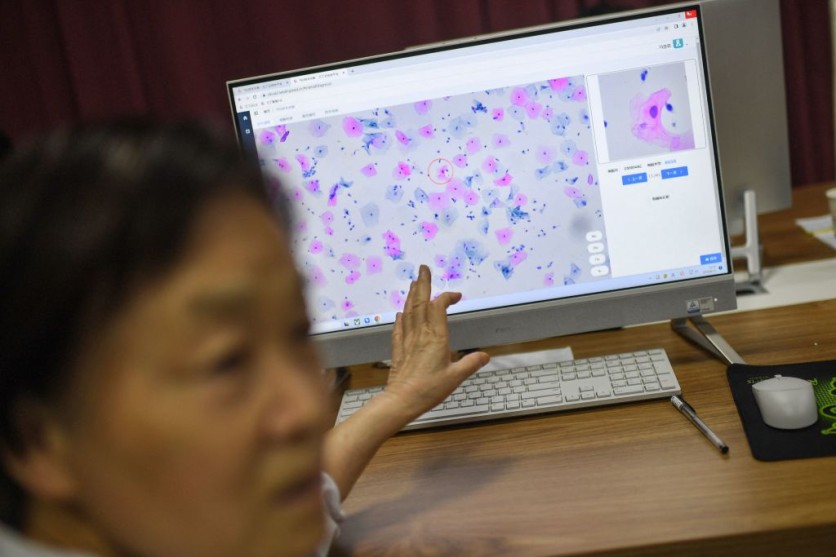Researchers at Rice University in Texas may have made a significant breakthrough in cancer treatment by discovering a novel approach using molecular machines termed "molecular jackhammers" (MJH), as reported by news.com.au.
"Our technology could have lower side effects in contrast to chemotherapy," Ciceron Ayala Orozco, lead author of the study, said in a statement.

"Next-Generation"
The team's approach is characterized as a "next-generation" of molecular machines, utilizing a cyanine dye, similar to those employed in medical imaging, affixed to a cancer cell. Subsequently, the cancer cell is stimulated using infrared light, which can penetrate deep into the human body without causing harm.
This stimulation induces vibrations in the cancer cell's membrane, leading to its rupture and effectively eliminating the cancer.
Ciceron Ayala Orozco, the study's lead author, emphasized the potential benefits of this technology, suggesting that it may have fewer side effects than traditional chemotherapy. The key lies in the targeted destruction of tumors, where the molecular jackhammers are activated by near-infrared light directed specifically at the tumor site.
This selectivity aims to minimize damage to healthy tissues, enhancing the safety of the treatment.
Although human testing is a distant prospect due to the necessity of complying with Food and Drug Administration guidelines, initial trials on mice have yielded promising results, according to the research team.
In experiments involving mice with melanoma, 50% of the rodents achieved a state of being cancer-free, and researchers are optimistic that refining testing protocols and dosage could lead to even more significant outcomes.
Read Also : World's Smallest Skin Cancer Now a Guinness World Record! Almost Invisible to the Naked Eye
The Power of Molecular Jackhammers
Dr. James Tour, a chemist at Rice University, underscored the formidable power of molecular jackhammers, stating that they possess more than sufficient energy to obliterate any cell membrane.
The team reported achieving an impressive 99% effectiveness in combating human tumors grown on the flanks of mice during their experiments.
Dr. Tour characterized the process as uncomplicated, involving the injection of molecular jackhammers, followed by a 30-minute waiting period and a 10-minute exposure to light.
This research introduces a promising treatment approach named nanomechanical therapy, thereby expanding the range of available options for cancer treatment. Dr. Tour indicated ongoing investigations exploring the potential synergy between this technology and immunotherapy, aiming to detect and treat lingering cancer cells in the body.
While the study functions as a proof of concept, it lays the groundwork for a potential shift in the cancer treatment paradigm if subsequent research and human trials confirm its effectiveness.
"Given that a cell is unlikely to develop resistance to such molecular mechanical forces, molecular jackhammers present an alternative modality for inducing cancer cell death," the study's abstract reads.
The findings of the research team were published in the journal Nature.
Related Article : DeepMind's AlphaFold AI Develops Molecular Syringe That Can Help Cure Cancer, Treat Tumors

ⓒ 2025 TECHTIMES.com All rights reserved. Do not reproduce without permission.




